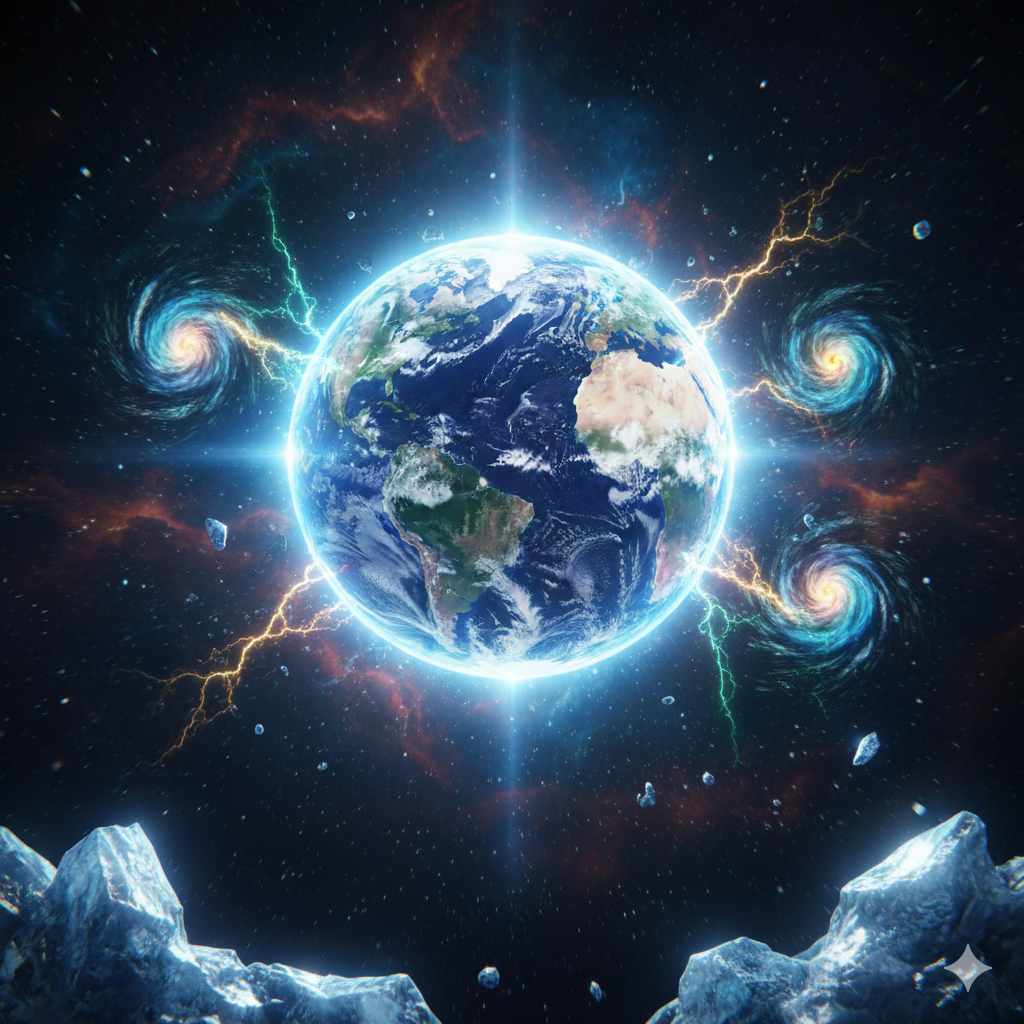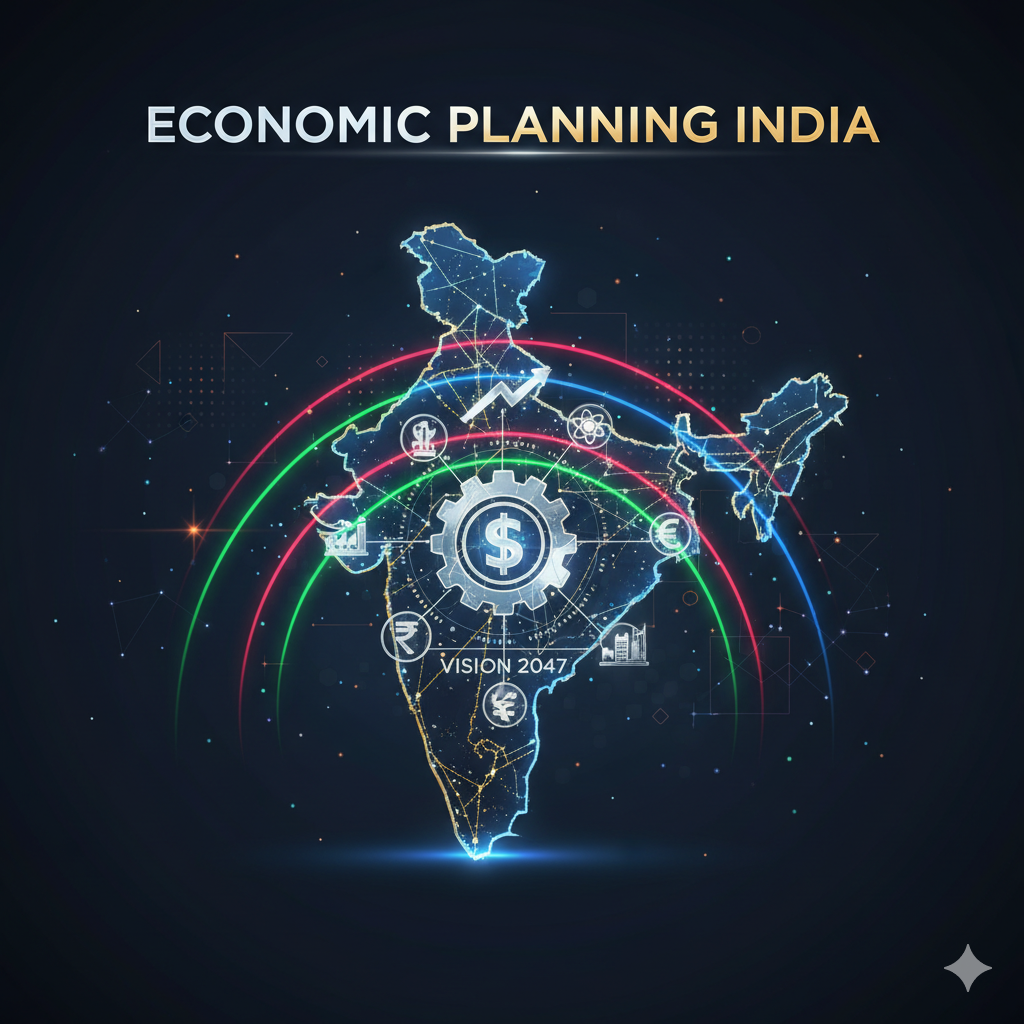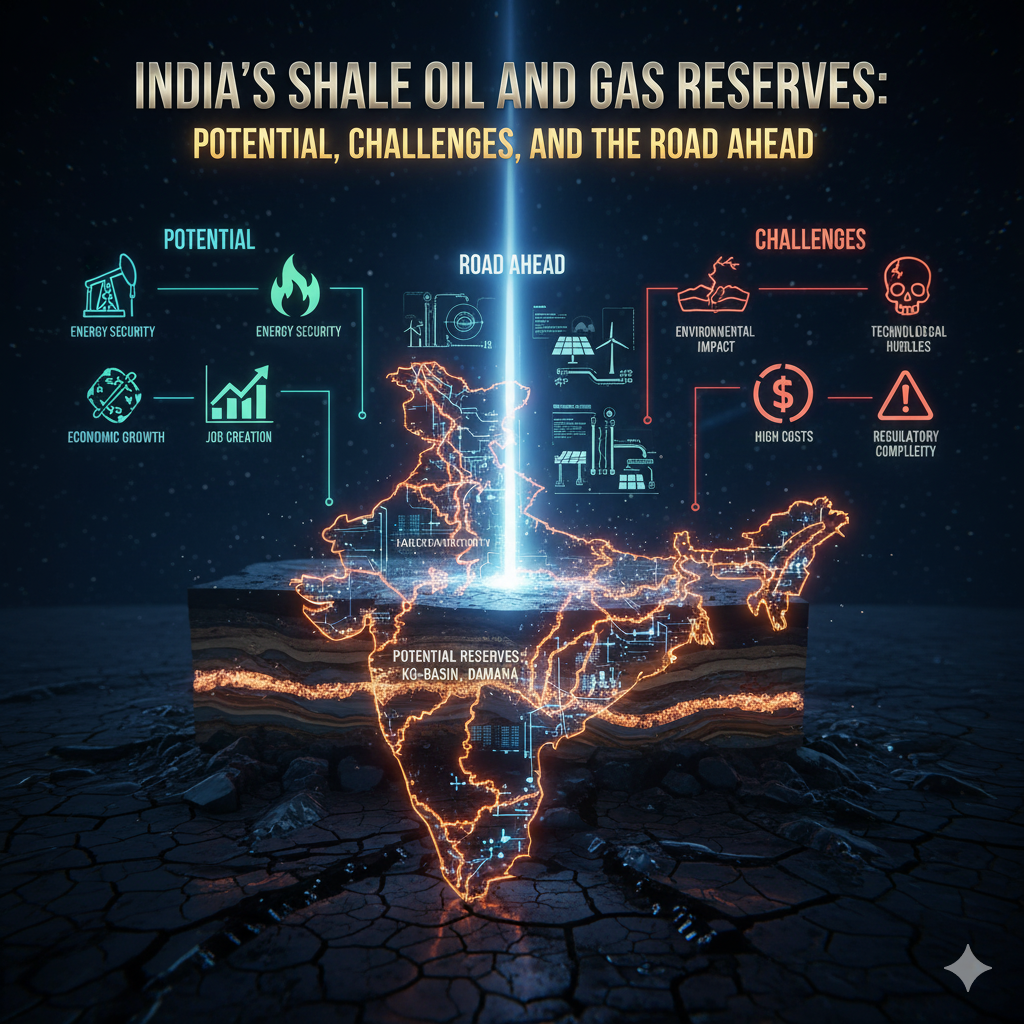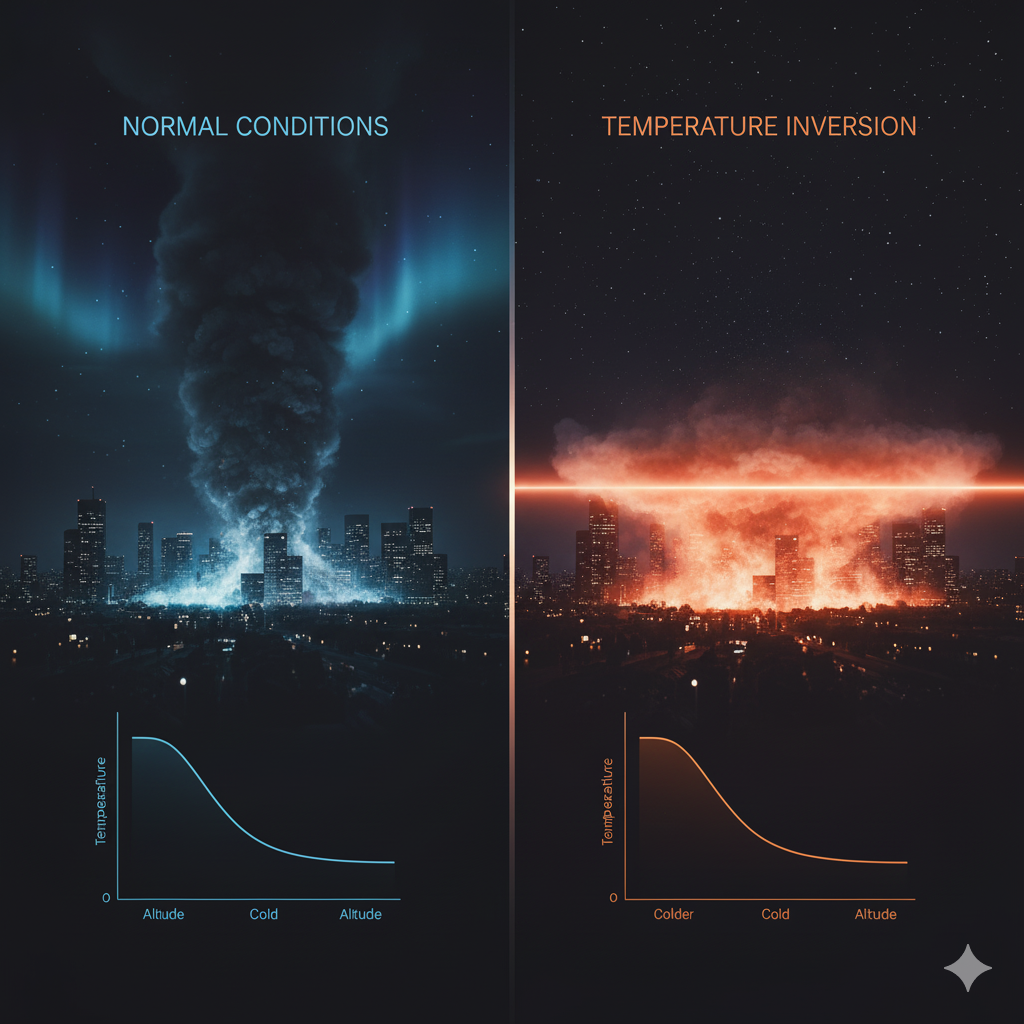Introduction
The cryosphere refers to the portion of the Earth’s surface where water exists in solid form, including ice caps, glaciers, sea ice, snow cover, permafrost, and frozen ground. It plays a critical role in regulating global climate, influencing atmospheric temperatures, ocean circulation, sea levels, and the hydrological cycle. Covering approximately 9% of Earth’s land surface and a significant portion of the oceans, the cryosphere is both a sensitive indicator of climate change and an active participant in the Earth’s climate system.
Understanding the interaction between the cryosphere and climate is essential for predicting future environmental changes, managing water resources, and mitigating the impacts of global warming. This essay explores the mechanisms through which the cryosphere influences climate, its feedback processes, its interaction with other Earth systems, and the consequences of its ongoing changes.
1. Components of the Cryosphere
The cryosphere consists of several interrelated components:
1.1 Snow Cover
- Seasonal snow on land reflects sunlight, contributing to the albedo effect.
- Snow also regulates soil temperature and moisture content, affecting ecosystems and agriculture.
1.2 Glaciers and Ice Sheets
- Glaciers are found in high mountain regions, while ice sheets exist in Greenland and Antarctica.
- These massive ice reservoirs store about 69% of the world’s freshwater.
- Glaciers release meltwater that contributes to river flow, particularly during dry seasons.
1.3 Sea Ice
- Sea ice forms from ocean water and is prevalent in the Arctic and Antarctic oceans.
- It influences ocean circulation, marine ecosystems, and global heat distribution.
1.4 Permafrost
- Permafrost is soil that remains frozen for two or more consecutive years.
- It stores vast amounts of organic carbon, which can be released as greenhouse gases upon thawing.
1.5 Ice Shelves and Icebergs
- Ice shelves are floating extensions of continental ice sheets.
- Icebergs, formed from breaking off glaciers or ice shelves, impact ocean salinity and circulation when they melt.
2. Role of the Cryosphere in Global Climate
The cryosphere affects global climate through several key mechanisms:
2.1 Albedo Effect
- Albedo is the measure of how much solar energy is reflected by a surface.
- Snow and ice have high albedo (0.6–0.9), reflecting most incoming sunlight.
- Loss of snow and ice reduces albedo, causing more solar radiation absorption, increasing surface temperatures, and accelerating global warming.
- This forms a positive feedback loop, known as the ice-albedo feedback, which amplifies warming in polar regions.
2.2 Regulation of Ocean Circulation
- The cryosphere influences thermohaline circulation (global ocean conveyor belt).
- Melting ice adds freshwater to oceans, reducing salinity and affecting the density-driven circulation.
- Changes in ocean currents impact global climate patterns, including monsoons, El Niño, and La Niña events.
2.3 Sea Level Regulation
- Ice sheets and glaciers store vast amounts of water.
- Melting due to warming contributes to sea level rise, which affects coastal climates and ecosystems.
- Rising seas can modify local weather patterns and increase the frequency of storm surges and flooding.
2.4 Carbon Storage and Greenhouse Gas Release
- Permafrost stores large quantities of organic carbon accumulated over thousands of years.
- Warming leads to permafrost thaw, releasing carbon dioxide (CO₂) and methane (CH₄).
- This contributes to atmospheric greenhouse gas concentration, reinforcing global warming.
2.5 Influence on Atmospheric Circulation
- Ice sheets and snow-covered areas affect temperature gradients between the poles and equator.
- This drives jet streams, trade winds, and storm tracks, influencing regional and global weather.
- Changes in cryospheric extent can alter the intensity and frequency of extreme weather events.
3. Cryosphere-Climate Feedback Mechanisms
Feedback mechanisms are processes where changes in the cryosphere reinforce or dampen climate effects:
3.1 Ice-Albedo Feedback
- Melting snow and ice reduce Earth’s reflectivity, increasing energy absorption and warming.
- This accelerates ice melt further, creating a self-reinforcing cycle.
3.2 Water Vapor Feedback
- Melting ice exposes oceans and land surfaces, increasing evaporation.
- More water vapor in the atmosphere traps heat (greenhouse effect), amplifying warming.
3.3 Sea Ice-Temperature Feedback
- Reduced sea ice increases ocean heat absorption, which accelerates Arctic amplification.
- Arctic temperatures are rising at twice the global average, affecting polar ecosystems and global weather patterns.
3.4 Permafrost Carbon Feedback
- Thawing permafrost releases stored carbon.
- Increased CO₂ and CH₄ enhance global warming, further melting ice and snow.
These feedback loops make the cryosphere a sensitive and powerful regulator of climate, but also a vulnerable system to anthropogenic warming.
4. Impacts of Cryosphere Changes on Global Climate
The ongoing changes in the cryosphere have profound consequences for the global climate:
4.1 Arctic Warming
- Arctic sea ice has declined by over 40% in the summer months since the 1980s.
- Loss of sea ice contributes to Arctic amplification, which affects mid-latitude weather patterns, including cold waves and storms.
4.2 Antarctic Ice Sheet Stability
- The Antarctic ice sheet is losing mass due to ice shelf thinning and glacier retreat.
- Instability in West Antarctica may trigger accelerated sea-level rise, impacting low-lying nations.
4.3 Himalayan Glacier Retreat
- Himalayan glaciers are retreating due to rising temperatures.
- This affects river flow in Asia (Indus, Ganges, Brahmaputra), threatening water security for millions of people.
4.4 Global Sea Level Rise
- Melting glaciers and ice sheets contribute to an estimated 3.3 mm/year sea-level rise.
- Rising seas influence coastal climates, increase flooding, and exacerbate storm impacts.
4.5 Extreme Weather Events
- Cryospheric changes disrupt atmospheric circulation, affecting monsoons, cyclones, and drought patterns.
- Polar warming alters the jet stream, causing extreme winters and hot summers in different regions.
4.6 Ecosystem Impacts
- Loss of ice habitats threatens polar species (polar bears, penguins, seals).
- Changes in freshwater input from ice melt affect ocean salinity, marine biodiversity, and fishery productivity.
5. Cryosphere and Global Hydrological Cycle
The cryosphere also regulates the distribution and timing of freshwater:
- Snowpack: Acts as a natural reservoir, releasing meltwater gradually during spring and summer.
- Glacial melt: Sustains rivers and lakes in dry seasons, supporting agriculture and hydropower.
- Permafrost thaw: Alters groundwater systems, potentially creating thermokarst lakes and changing soil moisture.
- Disruption in these systems due to warming can lead to floods, droughts, and water scarcity, affecting millions of people.
6. Human and Societal Implications
Cryosphere-climate interactions have direct and indirect effects on human societies:
6.1 Sea-Level Rise and Coastal Communities
- Rising seas threaten cities like Mumbai, New York, and Dhaka.
- Coastal flooding affects agriculture, infrastructure, and livelihoods.
6.2 Water Security
- Retreating glaciers in Asia threaten the water supply for billions relying on Himalayan rivers.
- Reduced snowpack affects agriculture and hydropower generation.
6.3 Extreme Weather Risks
- Altered jet streams and ocean circulation increase the frequency of heatwaves, storms, and floods.
- Vulnerable populations in developing countries are most affected.
6.4 Economic Impacts
- Agriculture, fisheries, and tourism are disrupted by cryosphere changes.
- Costs of adaptation (flood defenses, relocation) strain national economies.
6.5 Health Implications
- Waterborne diseases increase with glacier-fed river flooding.
- Malnutrition may rise due to disrupted agricultural production.
7. Cryosphere Monitoring and Climate Modeling
Understanding the cryosphere’s role in climate requires advanced observation and modeling techniques:
- Satellites: Monitor ice sheet mass balance, sea ice extent, and snow cover.
- Remote sensing: Tracks glacier retreat and permafrost thaw.
- Climate models: Incorporate cryosphere data to predict sea-level rise, extreme weather, and hydrological changes.
- Field studies: Provide ground-truthing for satellite and model data.
Monitoring the cryosphere helps policymakers plan for adaptation, mitigation, and disaster risk reduction.
8. Mitigation and Adaptation Strategies
Given the sensitivity of the cryosphere, strategies to mitigate its climate impact include:
8.1 Mitigation of Greenhouse Gas Emissions
- Reducing CO₂ and CH₄ emissions slows polar warming.
- Transitioning to renewable energy and low-carbon technologies is crucial.
8.2 Cryosphere-Based Adaptation
- Construction of early warning systems for glacial lake outburst floods.
- Sustainable water management to deal with seasonal meltwater changes.
8.3 Conservation Efforts
- Protecting glaciers and polar ecosystems.
- Maintaining sea ice through geoengineering is being researched but remains controversial.
8.4 Global Cooperation
- Cryosphere research requires international collaboration through programs like IPCC, NASA, ESA, and WMO.
- Shared data and joint strategies are essential to combat global impacts.
Conclusion
The cryosphere is a critical regulator of Earth’s climate, influencing temperature, precipitation, ocean circulation, sea levels, and ecosystem stability. Its high sensitivity to warming makes it both an indicator and amplifier of climate change.
Changes in snow cover, glaciers, sea ice, and permafrost have far-reaching consequences for global climate, water resources, biodiversity, and human societies. The interactions are complex, involving feedback loops such as ice-albedo feedback and permafrost carbon release, which accelerate warming and magnify environmental impacts.
Understanding and monitoring the cryosphere is essential for predicting future climate scenarios and designing mitigation and adaptation strategies. Protecting and managing the cryosphere is not just a polar concern; it is a global imperative for maintaining climate stability and sustainable development.




